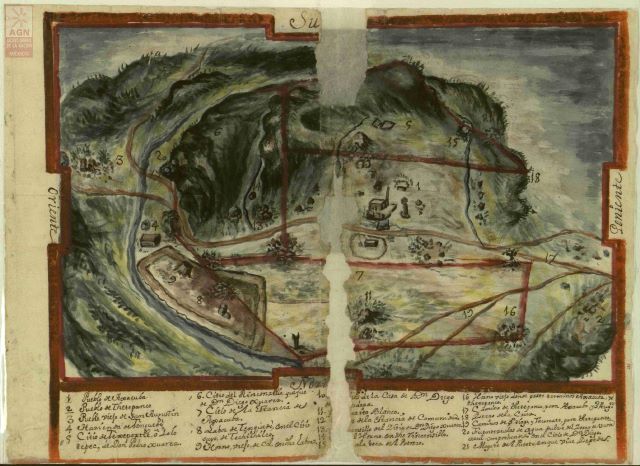José de Monterde and Alonso Hernández's 18th-century land dispute
Jose de Monterde used this tactic to try to remove Alonso Hernández's house from him, but he failed to account for the town's united front in defense of the home.

During the 18th century, economic responsibility fell on the haciendas. In their eagerness to obtain more land, the hacienda owners sought to take advantage of the lack of land demarcation to gain space. This is how José de Monterde tried to take his house from Alonso Hernández, although he did not count on the fact that the entire town would defend the property. Finally, the Royal Audience intervened and delimited the areas to avoid further problems.
During the first half of the 18th century, the constant economic, political, and social changes in New Spain made possible the consolidation of the haciendas as the main centers for the production and supply of grains and livestock. The role that hacienda production played in the economy of New Spain was so important that they had to expand their original borders. This led to the invasion of lands that mostly belonged to indigenous communities and caused fights between the hacienda owners and the communities.




